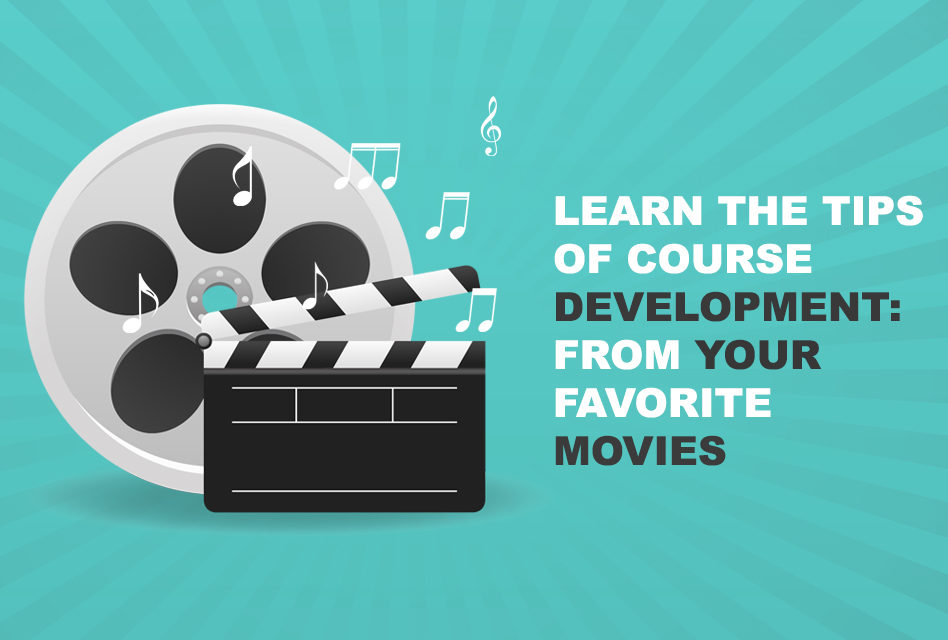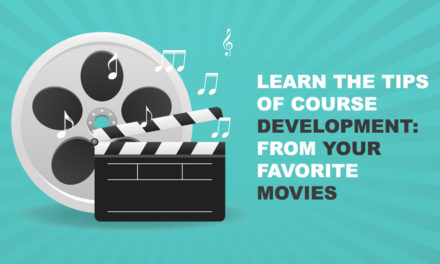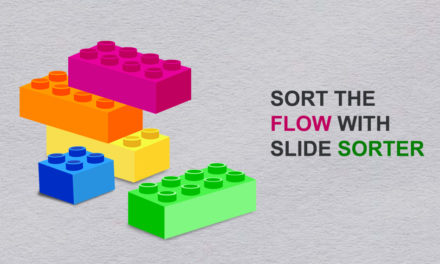Wait a minute! Is this a discourse on movies or elearning? Well, it’s the latter – being learning professionals, we can’t overlook one of the most prevalent, but not so literal, medium of learning – the Movies. But, how?
Well, recall your experience or feelings after watching your favorite movie? Did it make you sad, happy, or inspire you? The movie, effectively, could have influenced your behavior or provided you with knowledge that changed your behavior.
Now what do we aim to achieve with our well-designed courses?
In most cases, it is a change in learner behavior/performance through knowledge. As a result, it’s quite evident that some of the great movies have a learning associated with them. They act as a catalyst to individual or social changes.
Reel to Real-World Courses
However, what makes these movies great and gives them the power to bring a change in individuals and at times – the society? Well, it is the cumulative skills of the director, actors, and the support staff, along with the foundation of the movie – its script.
We all have experienced great and bad movies. However, what forms the base of a great movie is its script. Movie scripts have a structure that are based on rules, which help in framing a story that resonates with the audience. This set of rules applies to most movies with a garnish of creative spices from their makers. When writing a script, most writers will first decide the script type, lead actors, challenges, and climax.
As course designers, we can take a cue from script writers when designing courses. These tips can be greatly handy when we write scenarios for our courses. Let’s review the analogy to see exactly how movie scripts and course structures are similar.
Present Day
- How it happens in movies: To start, the writer ensures that the start is exciting and defines the day-to-day environment of the protagonists. Later in the story, chaos strikes when business as usual is disturbed. The writer forms the base of the chaos at the start of the story and builds the characters that blend in the environment.
- How it can happen in e-learning: When you start by explaining the present scenario, you allow the learners to relate to their current environment. This will setup the course for the scenario and gain the learners’ attention. In addition, it will allow the learners to relate with the challenges that you could include in the course.
Design the Central Characters
- How it happens in movies: The audiences vogue and cheer for the hero when he bashes the bad guys and cry for his agony. No wonder writers give a lot of thought in defining the characters of their story.
- How it can happen in e-learning: Well, our lives are simpler as far as defining characters in courses is concerned. This is because our target audience is probably the only character we need to think about. However, you need to understand their challenges and try to replicate them in the training.
Plot Challenging Scenarios
- How it happens in movies: There is no fun in the story if there is no challenge for the story’s protagonist. So, when the order and plan is put out of place, the protagonists fight to overcome the challenge. This is the exciting part of the story. How the characters in the story behave defines whether they are the heroes or foes.
- How it can happen in e-learning: Similar to the characters in the story, the target audience should be informed about the challenges. In the cases of training, you must inform the learners about the challenges they have in their normal mode of operations. You must also inform them about the negative consequences of the present method of functioning.
Present the Catalyst for Change
- How it happens in movies: After the challenge, the writers drop the catalyst that enables the characters to overcome the challenge. The catalyst shows them the way to overcome the hurdles and bash the foes.
- How it can happen in e-learning: After you make the learner aware of their challenges, present solutions that align with the course objectives. Use real-world examples and explain how the learners can use the information to improve their environment and day-to-day operations.
Make the Climax Exciting
- How it happens in movies: The end of great movies is nerve wrecking and the audience is at the edge of their seats. To make this part exciting, the writers could spend maximum time thinking about the climax. The fee ling that the audience takes with them after the movie is critically depended on how the movie ends. Hence, it defines and influences their overall experience.
- How it can happen in e-learning: Thankfully for us, we don’t need to make course summary and quizzes nerve wrecking. However, we need to ensure that we just don’t insert a list of summary points and simple quizzes. You must create summary points and quizzes that blend with the learner environment. Use scenarios in the quiz and test the application level instead of knowledge.
You can also view this comparison in a tabular format. Click here to download a PDF file with a summary of this comparision.
As a course developer, you may not follow this structure and adopt your own process of course development. However, movie-making and production can give us great tips and best practices for developing and designing courses. Check out this space for more on what we can learn from movies for developing training. Until then, happy course/story/movie making.
Click here to read the second part of this post.





